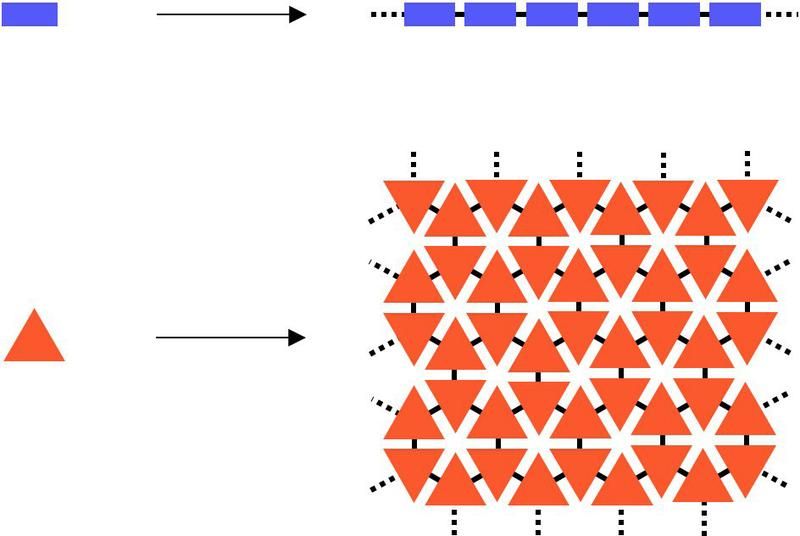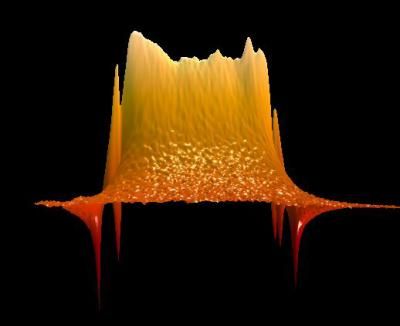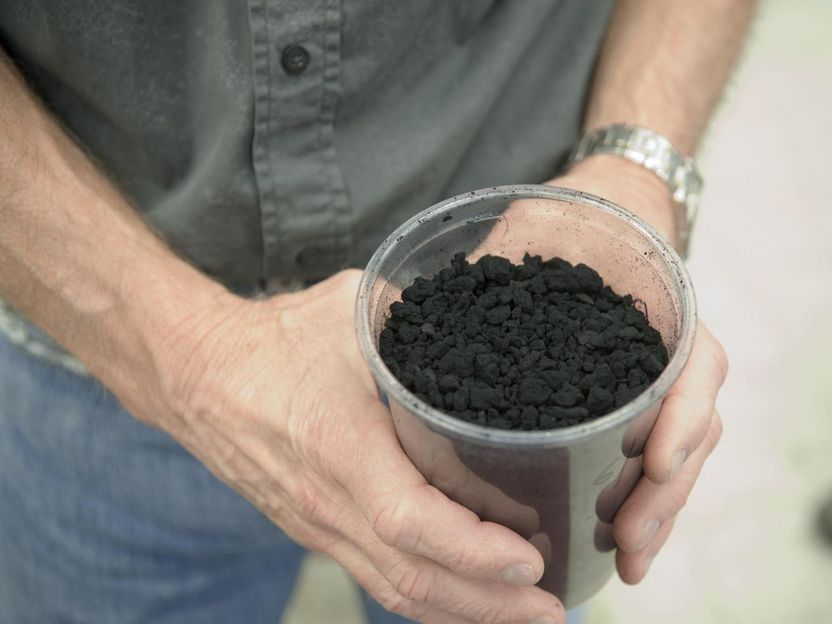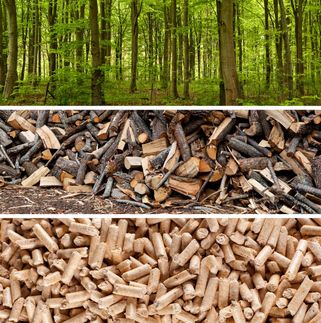Predicting the fate of underground carbon
A team of researchers at the Massachusetts Institute of Technology has developed a new modeling methodology for determining the capacity and assessing the risks of leakage of potential underground carbon-dioxide reservoirs.
One strategy for mitigating greenhouse gases is to inject compressed carbon dioxide into natural aquifers made of permeable rock soaked with brackish salt water. Carbon dioxide is less viscous and less dense than the water, and, once injected, it rises to the top of the aquifer. The permeable rock usually lies underneath a dense, impermeable "cap rock," that traps the gas deep underground for long periods of time.
Cap rocks are often tilted, however, and as the carbon dioxide rises through the aquifer, it can slip out, eventually making its way back into the atmosphere. Engineers seek to avoid leakage by mapping potential reservoirs and using theoretical tools to predict carbon dioxide flow.
Now doctoral students Christopher MacMinn and Michael Szulczewski and Professor Ruben Juanes of the Massachusetts Institute of Technology have developed a new modeling methodology for determining the capacity of potential reservoirs and for assessing the risks of leakage.
The tool takes into account key aspects of the underlying physics to predict the shape and pattern of flow when carbon dioxide is injected into a deep underground aquifer.
"Our new modeling tool is analytical rather than numerical, which means it incorporates the three primary physical mechanisms by which carbon dioxide is trapped in briny substrate -- structural, capillary and dissolution trapping -- into a single, comprehensive mathematical expression that can be solved quickly," says MacMinn. "This makes it possible for us to alter key parameters, such as the aquifer permeability, the fluid viscosities or the tilt of the cap rock, and within seconds, predict how the plume of carbon dioxide will migrate through the subsurface."
Before, each parameter change in a numerical model added hours or days to the time it took a computer to model discrete sections of the substrate and pull all these together into a prediction of carbon dioxide behavior under those limited circumstances. Engineers would have needed to run dozens if not hundreds of these to incorporate all the likely parameter permutations, making this an infeasible means of assessment. The hope now is that engineers and geologists may be able to use this new modeling tool to quickly and inexpensively determine whether carbon dioxide would escape from a geological reservoir.
Organizations
Other news from the department science

Get the chemical industry in your inbox
By submitting this form you agree that LUMITOS AG will send you the newsletter(s) selected above by email. Your data will not be passed on to third parties. Your data will be stored and processed in accordance with our data protection regulations. LUMITOS may contact you by email for the purpose of advertising or market and opinion surveys. You can revoke your consent at any time without giving reasons to LUMITOS AG, Ernst-Augustin-Str. 2, 12489 Berlin, Germany or by e-mail at revoke@lumitos.com with effect for the future. In addition, each email contains a link to unsubscribe from the corresponding newsletter.
Most read news
More news from our other portals
Last viewed contents

Ordered two-dimensional polymers created for the first time
AkzoNobel expanding Middle East operations
Songwon and HPL to form a Joint Venture for Polymer Stabilizers

NIST 'stress tests' probe nanoscale strains in materials

Detonation technique to mass-produce graphene patented
U.S. Advanced Battery Consortium awards contract to ENER1 Lithium Battery Group - Phase 1 Contract advances development of EnerDel's Li-Ion battery technology to improve the cost, performance and fuel efficiency of hybrid electric vehicles




























































